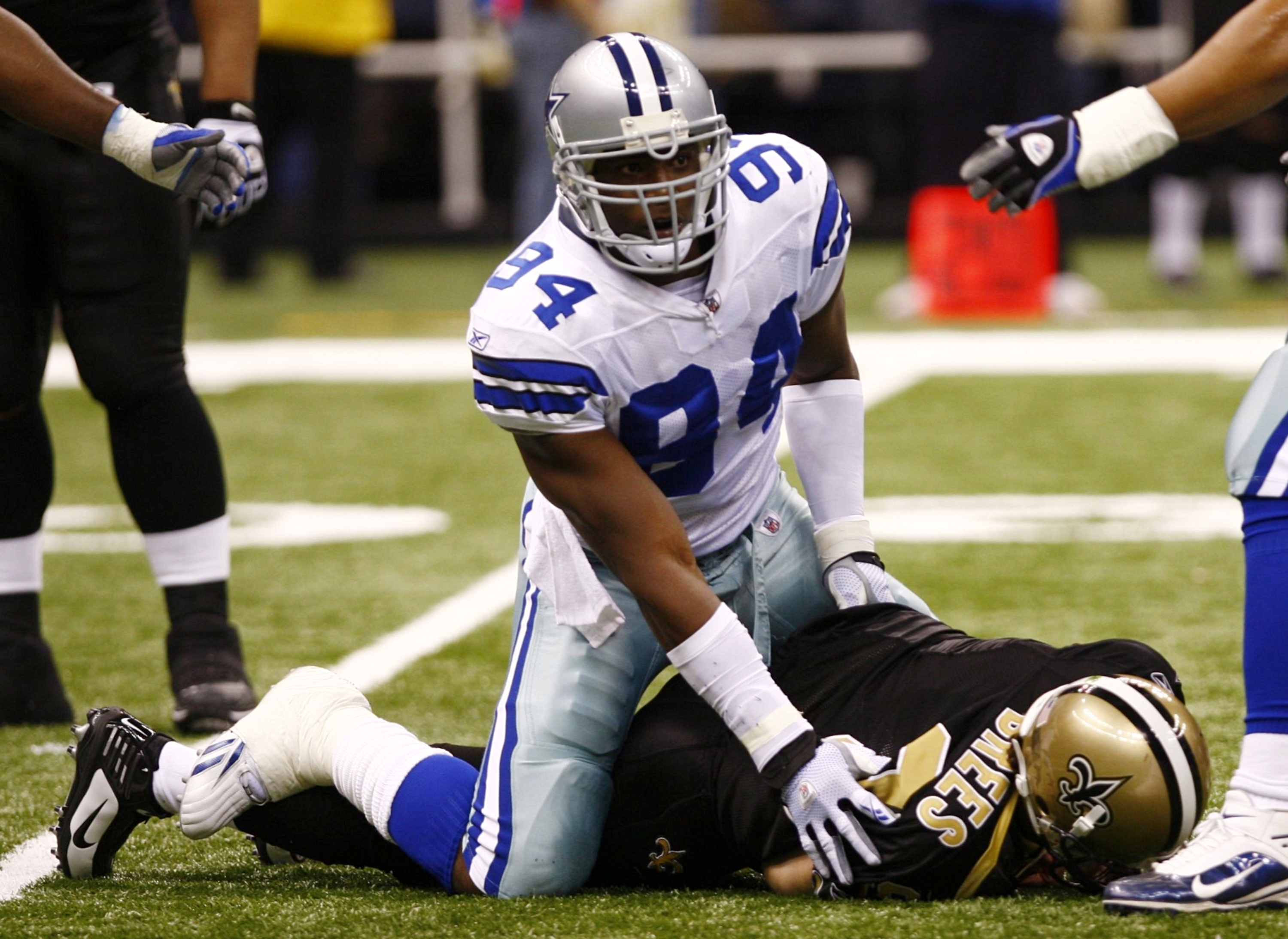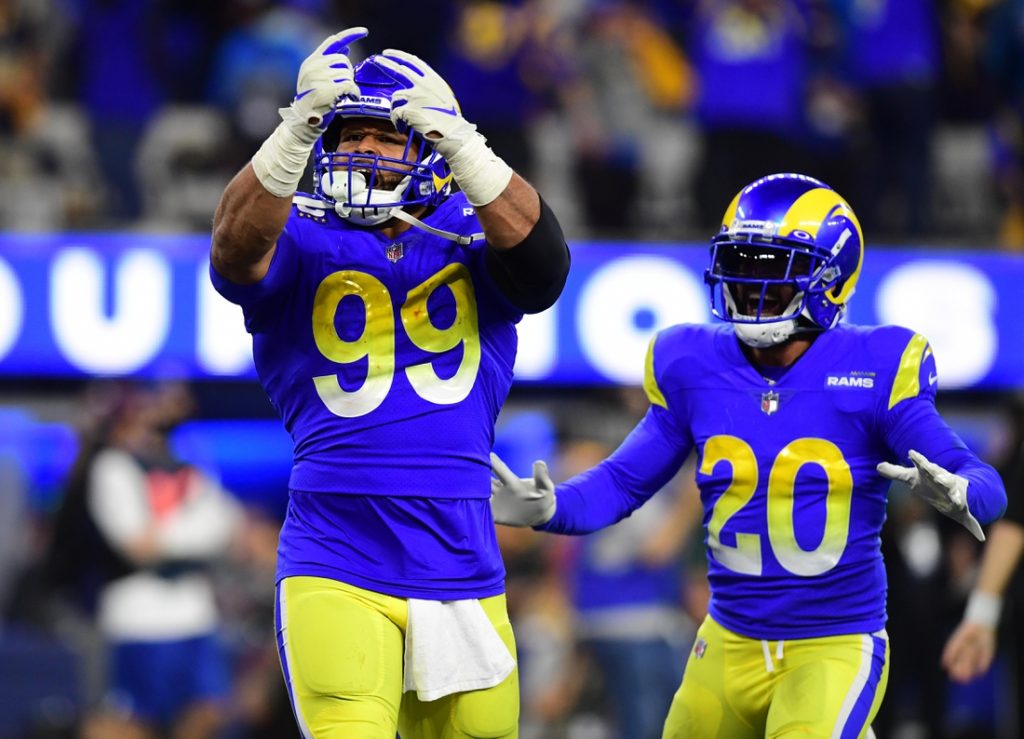The IDP League and Drafting Strategies
Fantasy football is made up of many different kinds of leagues. While they each have their own difficulty and rules, IDP leagues have a level of difficulty and fun added to drafting teams overall. Here’s a basic overview of the IDP league and drafting strategies when participating in one.
The IDP League
IDP stands for Independent Defensive Player. Usually, in fantasy leagues, team defenses are drafted as one unit. However, this makes it hard to create a defense that might be more suited to what you want and makes the league entirely reliant on the offensive lineup to determine who wins in a matchup. In an IDP league, you can individually draft defensive role players. Depending on the league, you can be drafting a few players to more players than the offensive side.
There is no “universal” scoring system for the defense, but there’s two types of ways to record: “tackle-heavy” and “sack-heavy” scoring. Each way rewards the layers that are able to accumulate many tackles or many sacks in a certain ratio that makes them more rewarding than the other. For example, any league that rewards sacks to tackles in at least a 5:1 ratio is considered a “sack-heavy” league. If one’s player records a sack, it requires many tackles from another participant’s player to offset the point gap. Ideally, it’s good to find a league that has a balance between the two.

Drafting Strategies
When drafting in an IDP league, the first thing anyone should do is look at the league roster and figure out how many starting positions you can draft. It will help define the scarcity at each position, and depending on which positions need more players, they should be focused on more, as they will accumulate more points compared to other positions. If an IDP league only has 3 or 4 defensive positions, then they shouldn’t be your main priority. However, if 7 or more defensive positions need to be drafted, then the defense has almost as much or the same priority as the offense. Roster construction can be divided into light, medium, and heavy.

The next thing to do is look at previous point scoring for defensive positions in that league (of course, this wouldn’t work if the league was newly created). This is a good way to start gauging how your league’s scoring settings will impact IDPs in your drafts. See where they finished on a PPG basis in comparison to some of the best offensive players. Depending on if there’s weak scoring, neutral scoring, or strong scoring for IDPs, it’ll help you figure out your focus on defensive positions and which positions might need more focus depending on point scoring for different aspects like sacks, interceptions, fumbles, etc.

The last step is using the previous two steps to determine your priority for drafting. Your IDPs can wait until the absolute last of the draft, until you get to light roster construction with strong scoring, where it’s good to look during the 7th or 8th rounds. This resets until medium roster construction with strong scoring, where you can look for IDPs 6th or 7th round. If you have to draft a huge amount of IDPs with strong scoring, you might be looking as early as the 4th round.
Rookie Aaron Donald (2014) dismantled Seattle’s offense at the height of their success. That #99 kid was destined for greatness… pic.twitter.com/eCQIMdWGzw
— RAMS ON FILM (@RamsOnFilm) July 15, 2022
Keeping these in mind should help you succeed when you draft and participate in an IDP fantasy football league. Join or create a fantasy football league here.
Javonte Williams? Travis Etienne?
10 players who could have a breakout @NFLFantasy season in 2022. 👀 (via @MichaelFFlorio) pic.twitter.com/JfzZuatfpy
— NFL (@NFL) July 21, 2022
More NFL news:
Follow our NFL page for more key NFL updates and news



